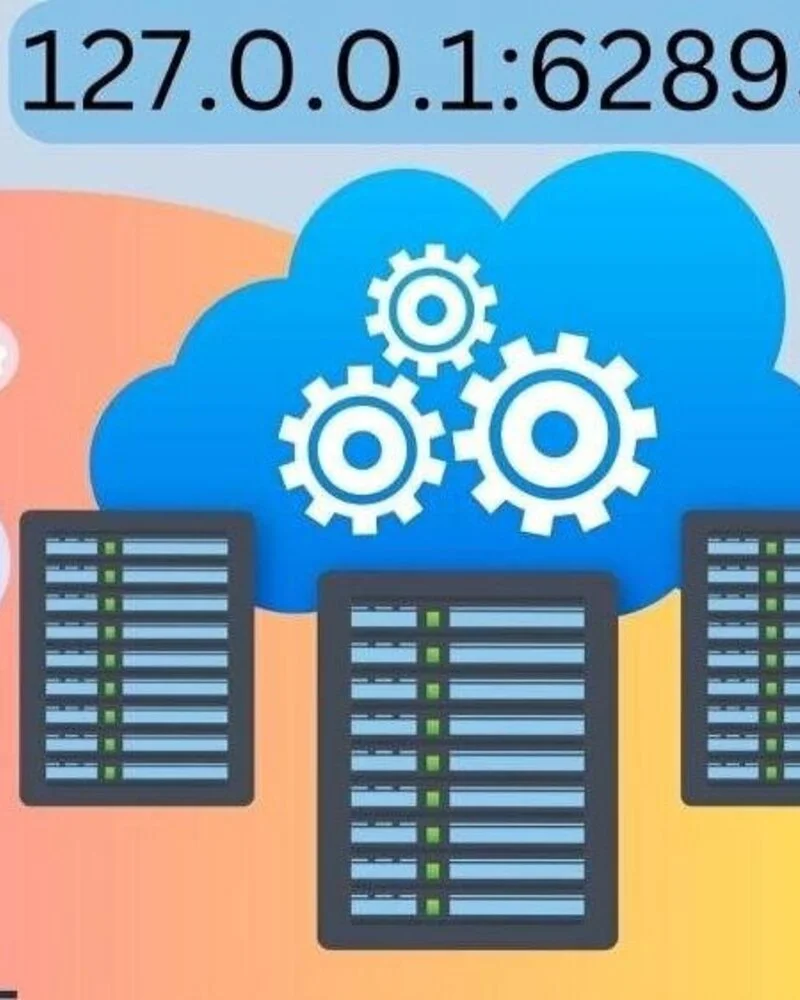When you run into problems connected to 127.0.0.1:62893, it’s important to tackle the situation step by step. Starting with making sure the service works on the specific port; changing firewall settings; and thinking about using different port setups; paying close attention, and knowing your technology material, are important. However, it’s not simply focused on technology fixes. Looking closely into making your ports secure, and putting in advance safety measures for your computer networks, is key to stopping these errors before they happen, and keeping your networks safe. By mixing good technology troubleshooting with security steps, you can solve common problems and make your networks stronger. There is unsurprisingly a potential to improve not only how you fix these errors but also how you can prevent them in the first place, making everything work better and safer.
Error Resolution Steps
When you run into problems saying, ‘Disconnected from the target VM, address: 127.0.0.1:62893,’ you should start by making sure the service is up and running, and that you are using the correct port number; to fix mistakes related to 127.0.0.1:62893 the right way, I think it’s important to follow a plan that includes checking everything carefully and figuring out what went wrong.
If things start blundering, such as changing the port numbers to dodge any mix-ups. You must make sure the firewall isn’t blocking anything important and maybe start the service again if you have to. And if the material keeps on not working right, it might be a good idea to get someone who knows their stuff to help out; they can walk you through fixing tough network issues and make sure everything that uses 127.0.0.1:62893 runs without a hitch. Perhaps of note, to certain readers, experts are essentially lifesavers when technology goes sideways.
Port Security Measures
To keep out the mean people from our network apps, it’s extremely important to lock down port 62893. You must set up a filter to let in just the material we need, to reveal the details, and to keep away from any chance of safety problems.
Keeping port 62893 under wrap stops hackers and random persons trying to get in without permission. Making sure we’ve got defenses against those attacks where they flood the network is extremely important to keep the whole system solid. And we may thus possibly conclude, hiding that port and having those defenses are both key steps.
When there’s material we’re not sure about with port security, asking for help from experts can help us see good solutions and advice; the crowd behind managing network material pushed themselves – the undertaking strived – to make sure things are tight, making sure network items work well, without leaks or mistakes, by keeping security on top of the list.
It is imperative to stay vigilant and proactive in safeguarding port 62893 to uphold the overall security of network applications.

Image Source: Twitter
Technical Troubleshooting Guidelines
When you find problems with 127.0.0.1:62893 not working correctly…because maybe it’s not connecting, or the port’s all clogged…there’s a path to discovery and discernment you must walk. You should start by looking at the firewall settings to make sure they’re not stopping it, then look at how the application is set up to see if something’s off. After that, try restarting the services, use some tools to look at the network, and don’t forget to make sure your network drivers are up to date. Paying close attention to these steps and doing things in order can help fix any problems.
For this section, let us engage in figuring out ways to solve regular problems that destroy things: from software interfering with each other to settings not being right—which also causes trouble with using ports. If you focus and do these steps, you can remove issues that stop you from connecting properly, make sure your network programs work perfectly — and even make your computer safer.
When you have a problem that just won’t quit, it’s a good idea to go to people who know their material—think network gurus, software wizards, or IT support heroes—to make everything work well again. But—or more appropriately, nevertheless—this is what you should do if you want everything to work well.
Frequently Asked Questions
Can I Change the Default Port 62893 to Resolve Conflicts?
Yes, changing the default port 62893 can resolve conflicts. To do so, adjust the application or service settings to select a different port number. Verify the new port’s availability and update any associated configurations to ensure proper functionality.
How Can I Identify Which Service Is Using Port 62893?
To identify the service using port 62893, utilize network diagnostic tools to trace the port’s activity. Analyze network traffic, monitor port usage, and cross-reference with running services to pinpoint the specific application utilizing port 62893 for communication.
Is It Safe to Open Port 62893 for Remote Access?
Opening port 62893 for remote access poses security risks due to potential exploits and unauthorized access. Configure firewalls to restrict access, limit exposure to essential traffic, and seek cybersecurity expertise to protect against threats and ensure network integrity.
What Are the Risks of Leaving Port 62893 Unprotected?
Leaving port 62893 unprotected poses significant risks like potential unauthorized access, security breaches, denial-of-service attacks, and network vulnerabilities. Properly securing the port through firewall configurations and limiting access is crucial to safeguarding systems and data.
Can I Use Port 62893 for Multiple Services Simultaneously?
Yes, you can use port 62893 for multiple services simultaneously by assigning each service a unique port number. This practice avoids conflicts and ensures smooth operation. Properly managing port allocation is crucial for efficient service delivery and network performance.